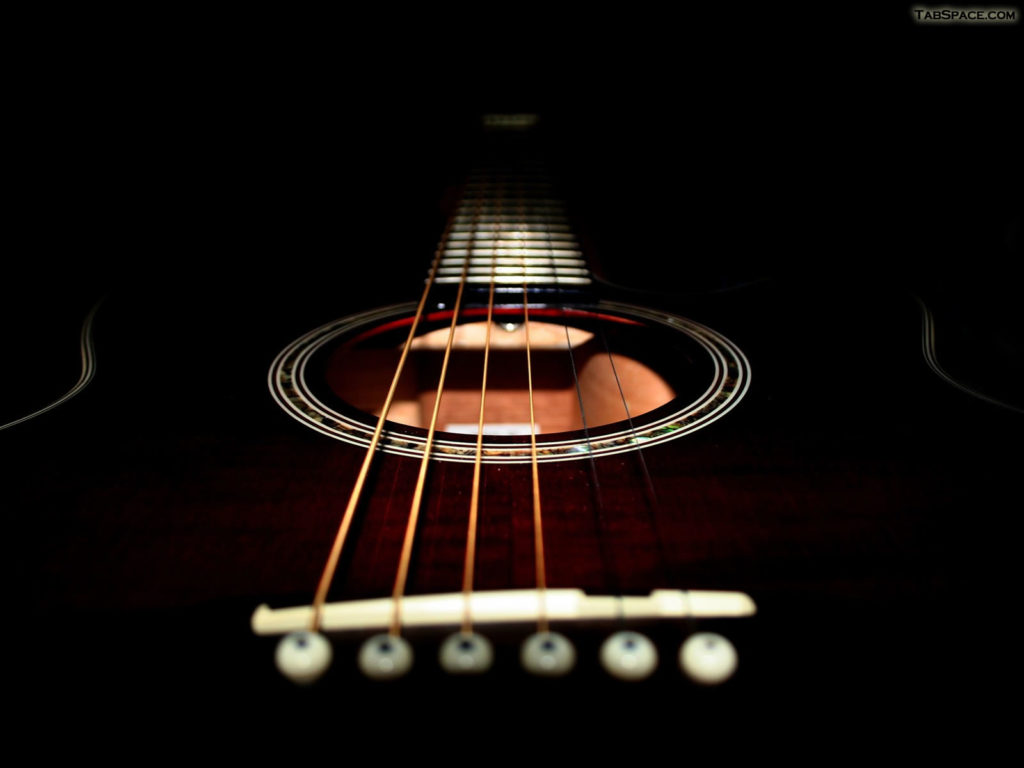The Anatomy of a Guitar String – Score Short Reads
Core
A guitar string can’t exist without a core wire. Today, most cores take a hexagonal shape (hex) that helps the wrap wire sit securely in place. Strings with hex-shaped cores are very cost-effective and provide a slightly stiffer response. Guitar strings with round cores add more sustain to your sound but end up being more expensive.
Winding
A wound string consists of a thin wire wrapped around the core. String makers today manufacture guitar strings in two main configurations:
Roundwound
The rounded shape of the wrap wire gives the strings a bright character with boatloads of harmonic overtones. Lively and responsive, roundwound guitar strings work across guitars and genres.
Flatwound
These electric guitar strings are made just like roundwound strings until it comes to the final wrapping. Flatwound guitar strings feature a thin layer of polished ribbon that facilitates a super-mellow sound and reduced finger noise.
Coatings
In order to protect the strings from finger oils, dirt, salty air, and humid environments, some manufacturers give their guitar strings a protectiive coating. Coating a guitar string improves string life, make the strings feel smoother and faster and can even reduce finger noise.
Acoustic Guitar String Materials
Steel guitar strings
Generally speaking, there are two main varieties of acoustic guitar strings — 80/20 bronze and phosphor bronze. While the wound strings are made with an alloy wrapped around a steel core, the plain guitar strings are commonly made from tin-plated steel.
80/20 bronze
Developed by John D’Addario and John D’Angelico in the 1930s, 80/20 bronze strings are made with 80% copper and 20% zinc. So when it comes to the nomenclature, 80/20 bronze isn’t entirely accurate. Since 80/20 bronze is made with copper and zinc, it should actually be called called 80/20 brass (the alloy of copper and zinc). That is not very important here though. Tonally, 80/20 bronze guitar strings offer a bright, sparkling tone that’s been heard on countless records. Unfortunately, 80/20 bronze strings oxidize relatively quickly and need to be replaced frequently to maintain their sound.
Phosphor bronze
Phosphor bronze guitar strings were invented to meet the demands of guitar players who wanted their strings to last longer. Phosphor bronze strings generally consist of copper with 8–10% tin and a small percentage of phosphorus. The exact composition varies between brands. Guitar strings made with this alloy offer a mellow tonal profile but it stays consistent through the long lifespan of the string.
Electric Guitar String Materials
Like acoustic guitar strings, electric guitar strings feature steel cores. Then, they are wound with an alloy wrap wire for their final tone.
Nickel-plated steel
If you’ve ever picked up an electric guitar, in all likelihood, you’d have played one with nickel plated strings. They’re the most popular type of electric guitar string on the market and are available in any size and number of strings you can imagine. Most electric guitar and bass strings are made with steel cores and nickel-plated steel wrap wire. These strings provide the perfect blend of snappy and smooth sound that all electric guitar players love.
Pure nickel
Pure nickel electric guitar strings are made with 100% nickel wrap wire. This material produces a warmer and creamier sound than other strings. You’ll find that these strings have a softer attack that compliments vintage-voiced pickups well.
Stainless steel
Stainless steel isn’t exclusively used for everlasting frets in high end electric guitars. A set of stainless-steel guitar strings will be bright, especially compared to pure nickel varieties, with plenty of snap. Stainless steel is also corrosion resistant, so its strings are perfect for people who play live often or have sweaty hands.








